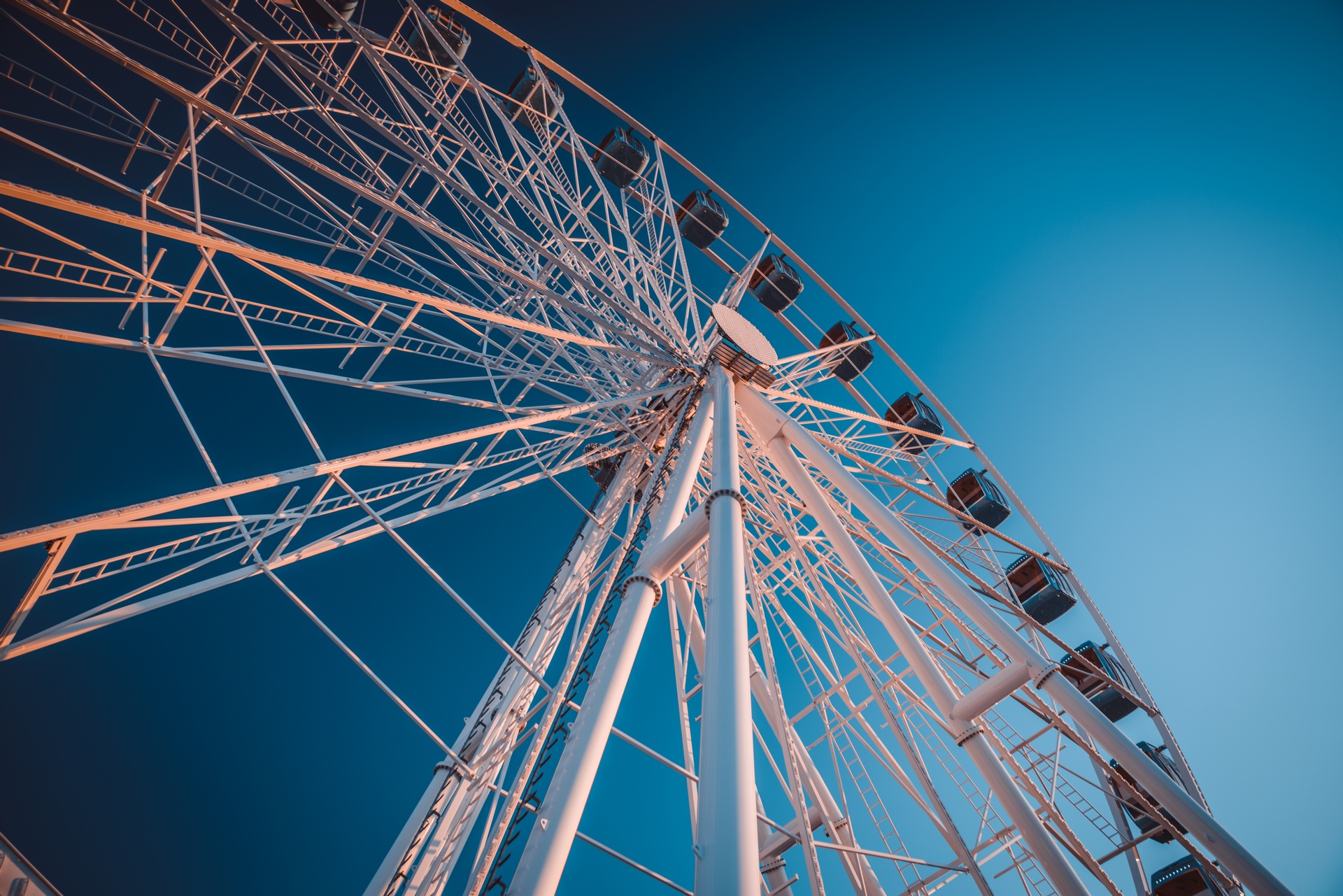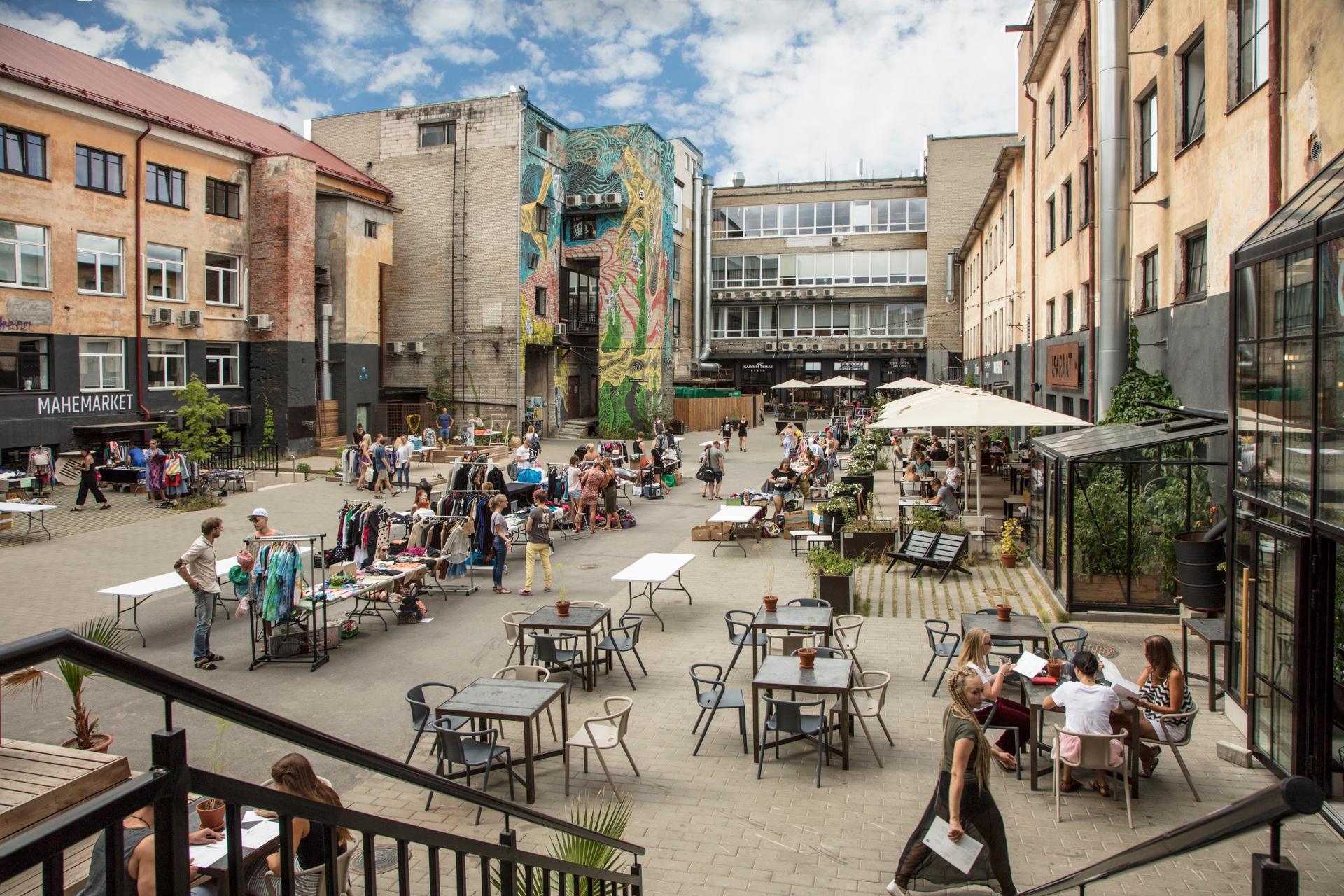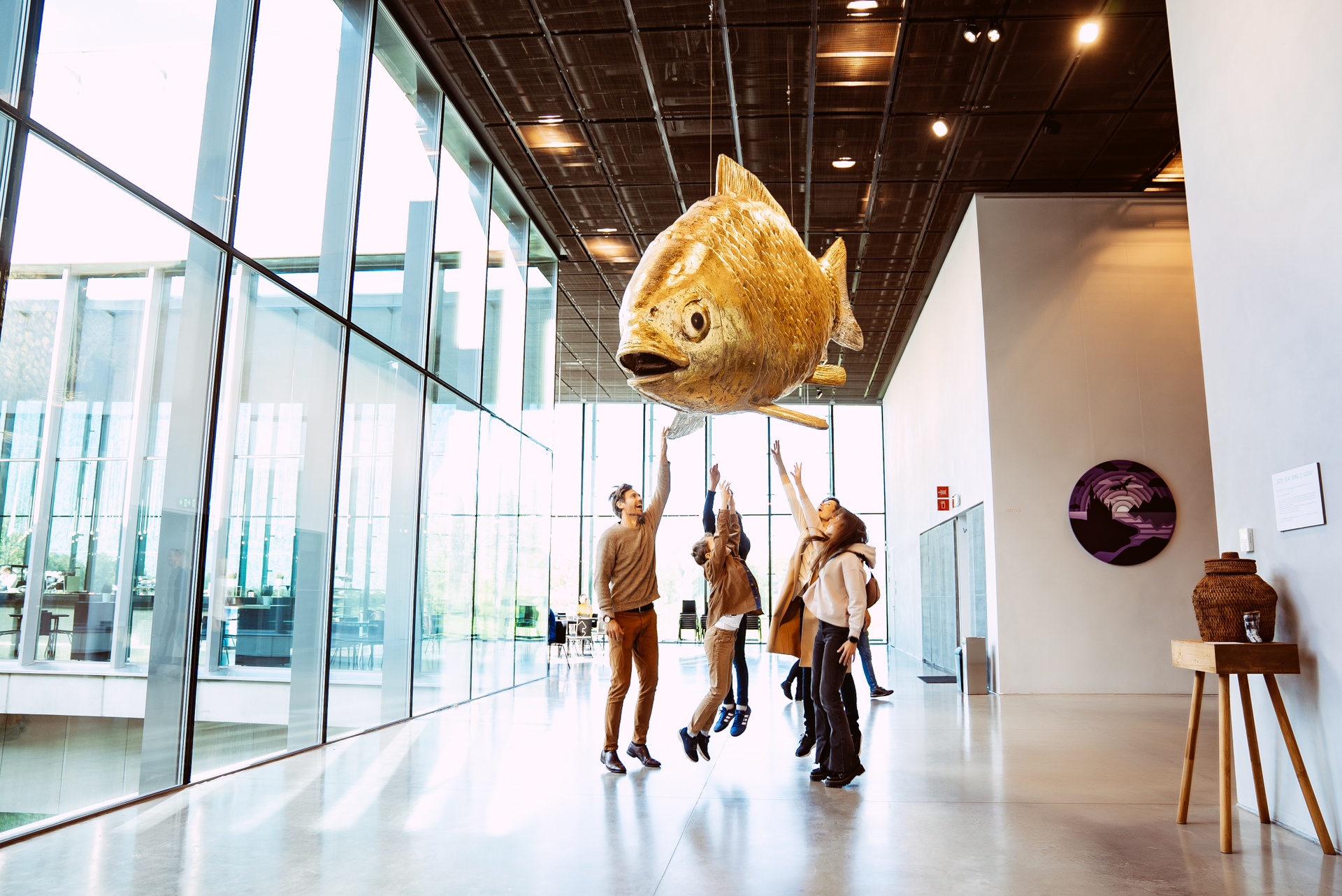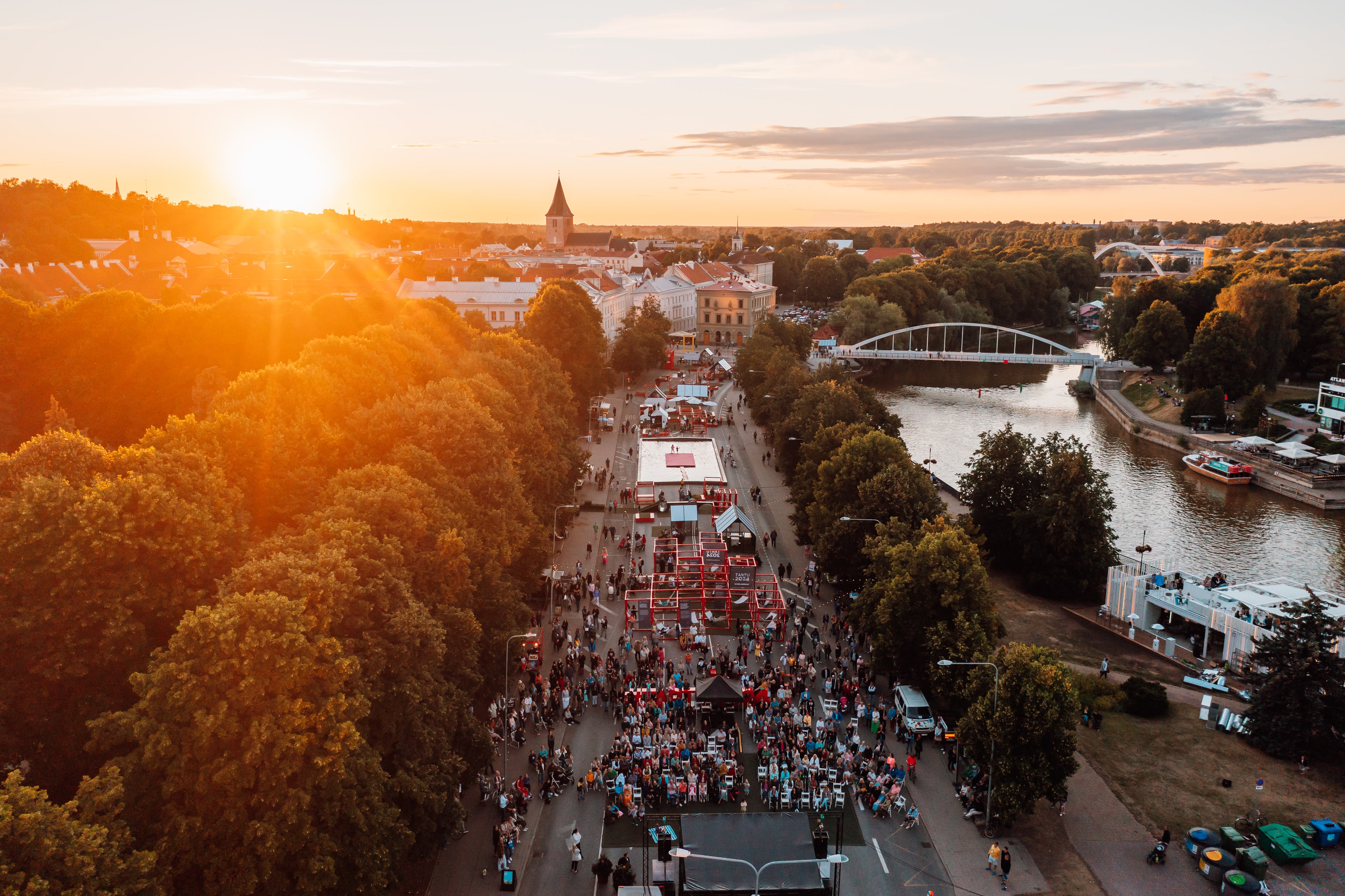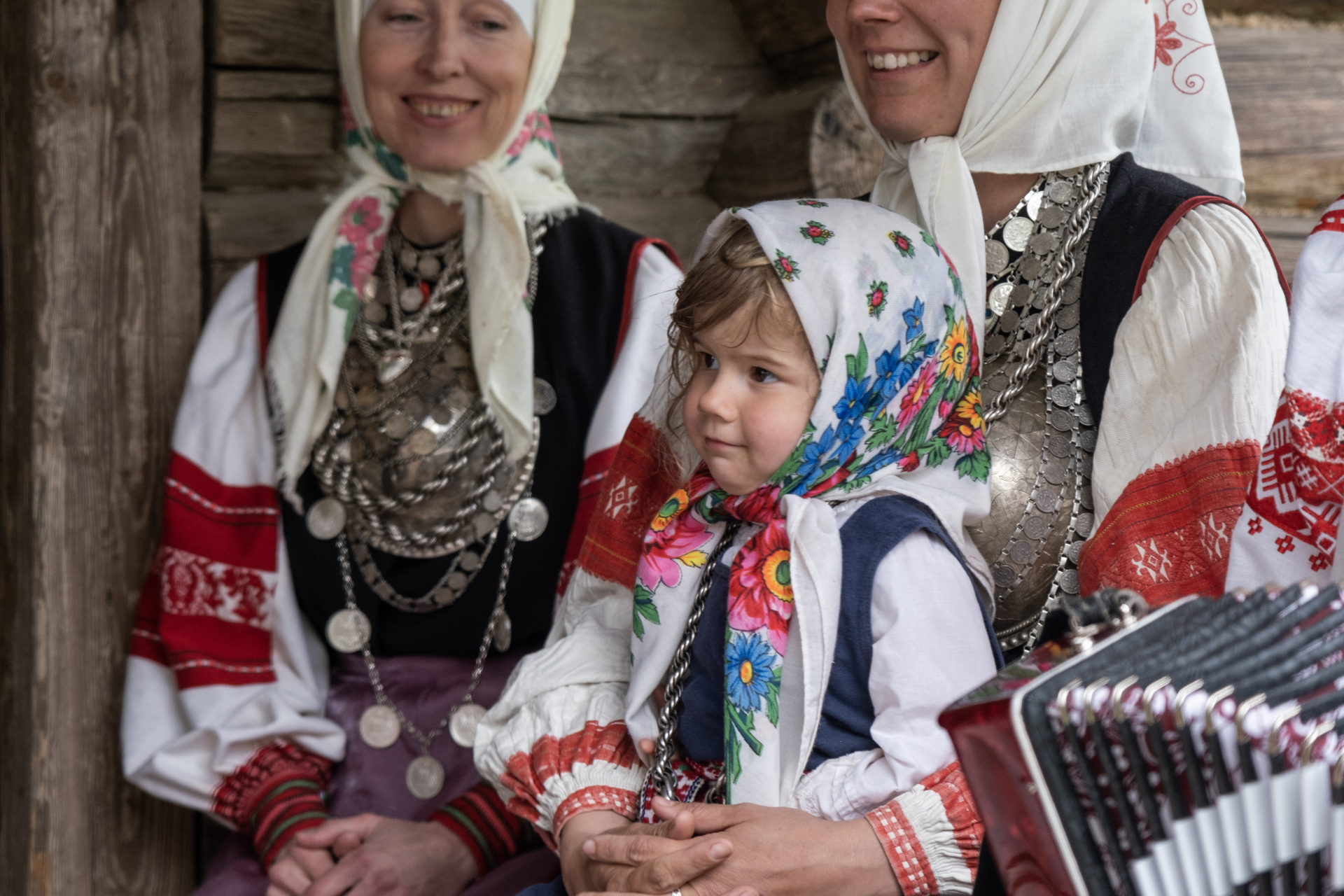
Estonian culture — discover something unexpected
The local language may sound like Elvish, but in Estonia, you find fairytale places are anything but fiction.
Estonia's timelessness is its uniqueness.
Estonia is a nation built by centuries of change and layers of outside influence. It’s Baltic meets Nordic, Europe meets the East, and medieval architecture meets futuristic technologies.
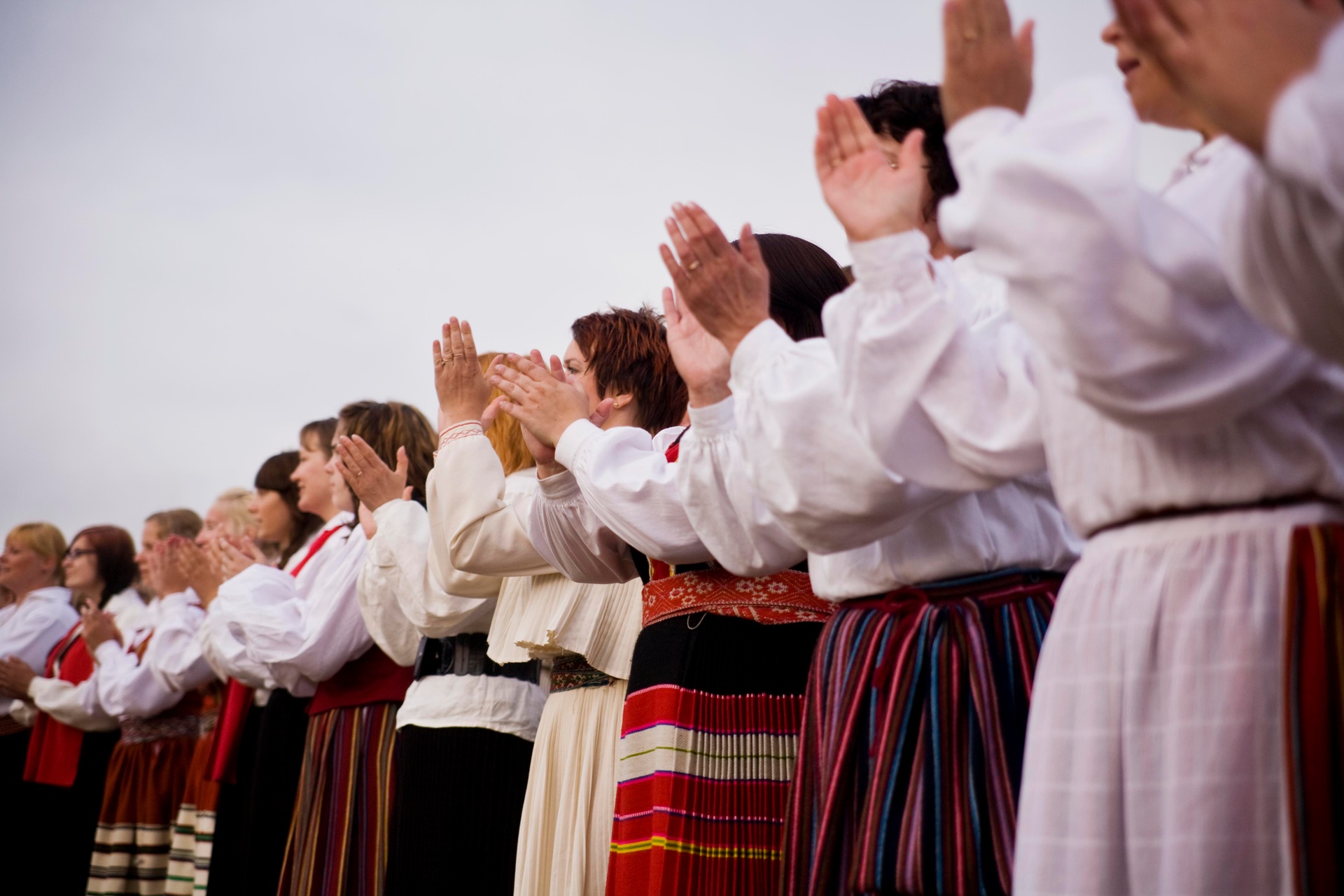
Source: Georg Svidlov
Ancient songs and musical traditions, South Estonia's smoke sauna and dugout canoes, creative cities and historical memories...
Whether your interest lies in history, architecture, traditional crafts, or music, there is something for you to explore in Estonia. UNESCO has named these 12 aspects of the Estonian landscape and culture as deserving of preservation and international recognition.
Everything moves slowly, except for the WiFi.
Past and future collide on a single city street.
Hear the echoes of bygone eras resonate through the iconic architecture. Feel the never-ending pulse of progress in Telliskivi's Creative City. Witness the years that led to independence come alive through Tallinn’s urban artists. Discover centuries-old social influencers. Manor houses and micro-breweries lie moments apart.
Estonia has about 170 museums featuring everything from local history to international artists. A Museum Card makes visiting more affordable.
Move to the tempo of the nation
Music is at the heart of Estonian culture. See for yourself at an upcoming festival.
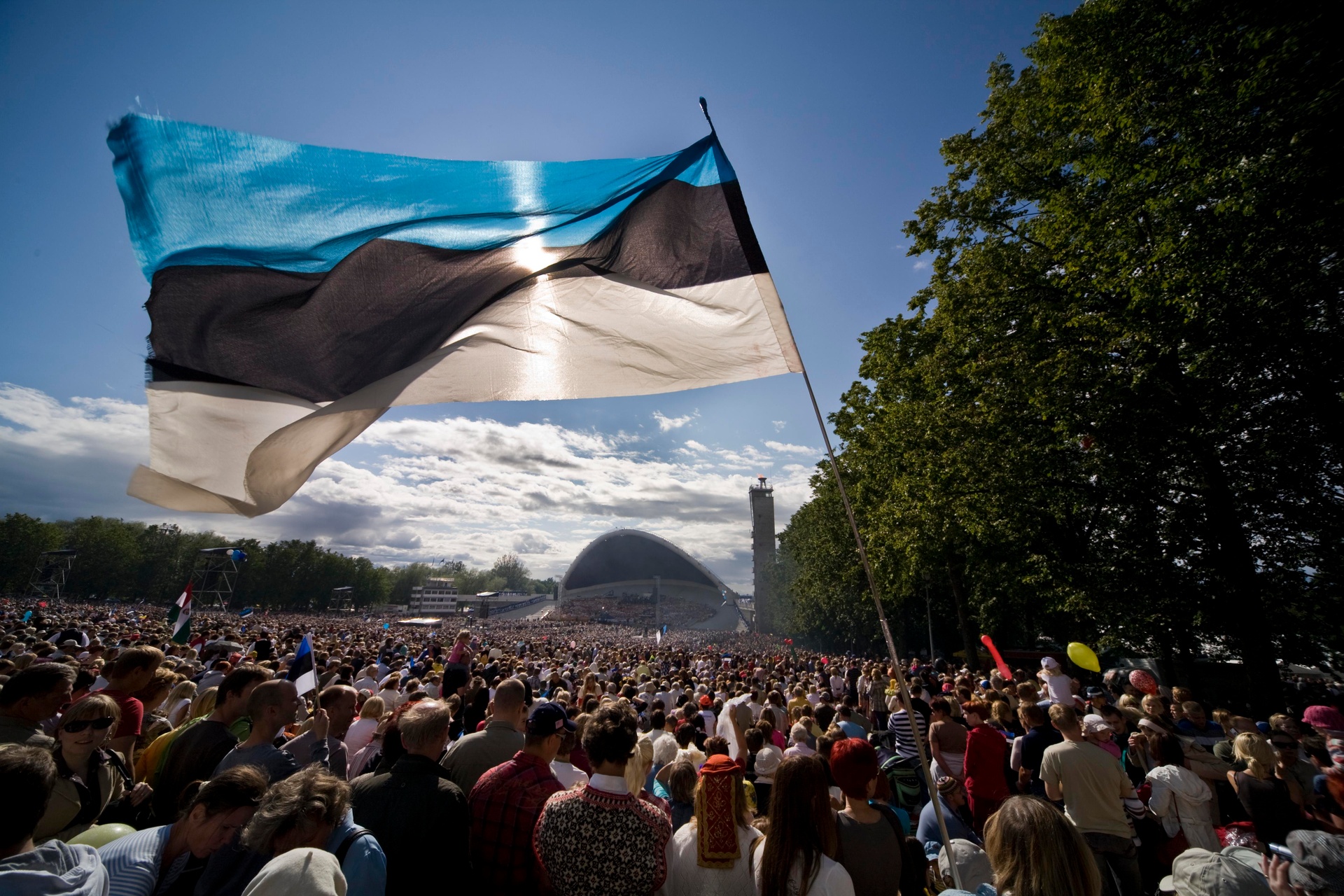

In Estonia, no matter your schedule, you’ll have all the time in the world.
What are your interests?
Expansive nature and immersive culture are mere moments apart, so no matter how long you stay with us, Estonia will stay with you forever.
Get inspired
Start planning!
Use our interactive map to find destinations, discover new activities, and design a travel plan.
Last updated
06.06.2024
